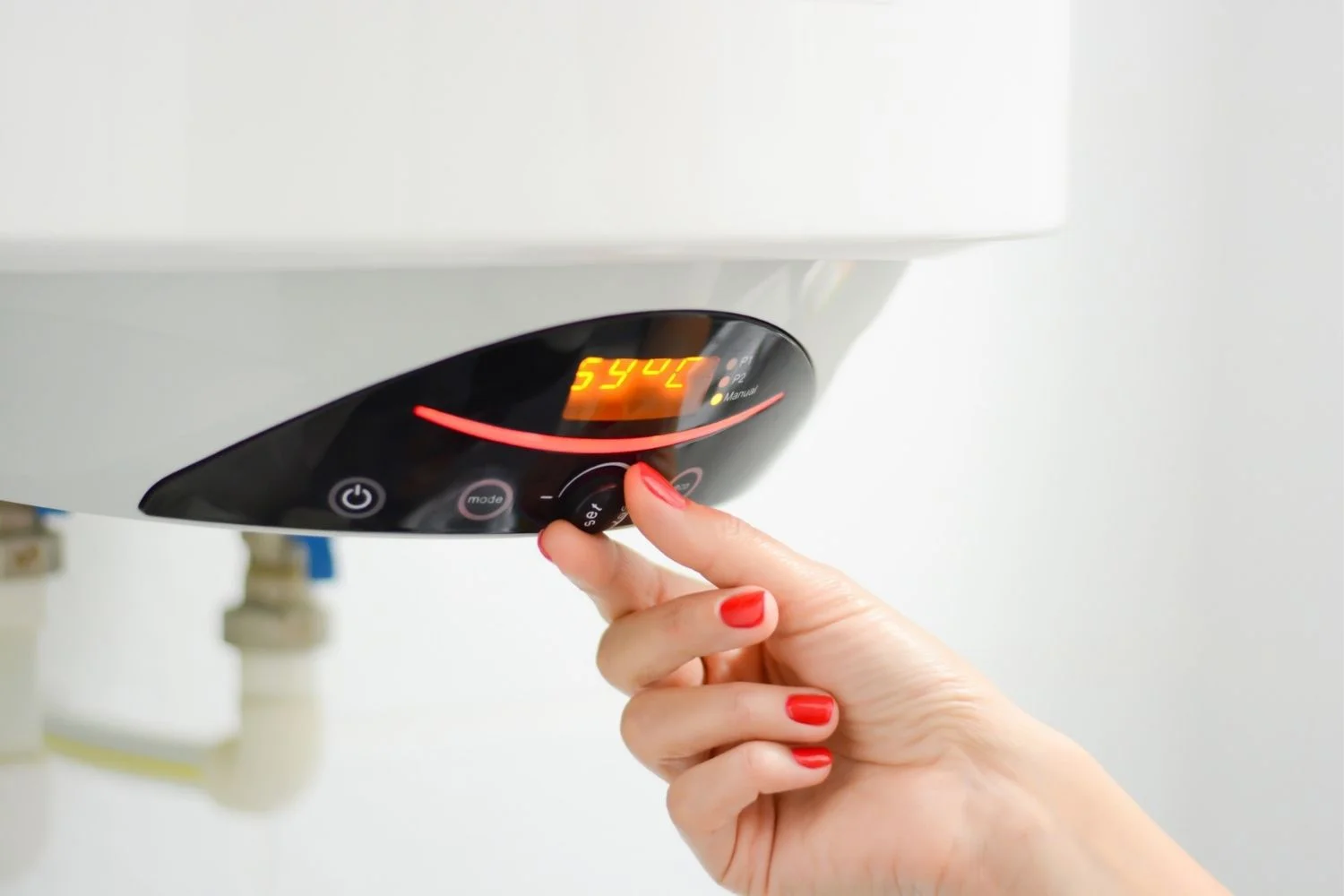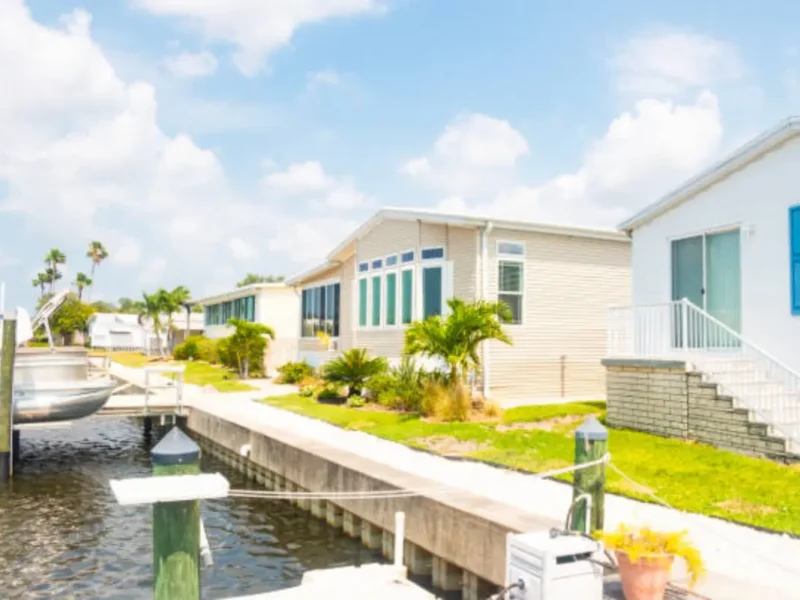Most home water heaters last anywhere from 15 to 20 years at least. So, it’s not surprising that by the time a water heater needs replacing, what is on the market now tends to be leaps ahead of the technology used one or two decades earlier. While the overall design of a water heater hasn’t changed that much, newer units come with better fume venting, increased safety features, and increased efficiency in power output to cost. In some cases, the differences can be as much as night and day for homeowners.
Contents
Considering a New Unit
A water heater replacement is not a small matter. It is the primary source of hot water in a home, and the installation of the unit involves a number of different plumbing connections that need to be handled by a licensed plumber. While the cold water connections may be securable with standard tooling, the hot water connections can require alteration which requires brass plumbing modifications. There is also the gas line that needs to be connected and fired up correctly to avoid fume escape as well as proper heating. More than one garage has become a home fire because of improper water heater installation by do-it-yourself mistakes.
In most cases, a full water heater replacement involves the removal of the old system and the installation of a brand-new system. While the home’s plumbing can remain in place, the entirety of the water heater unit and connections are usually replaced as a new kit.
Options and Choices Beyond Just a Traditional Water Tank Heater
While a traditional heater involves the recognizable tank in the garage or storage cabinet in a home, tankless water heaters are a bit of a mystery even though they are widely available and effective. Rather than storing water in a container and heating it, a tankless system heats the water through a series of networks before delivery to the destination faucet.
Because the system is constantly heating the water as it flows, tankless systems don’t suffer the issue of running out of hot water which inevitably is the operational weakness of tank heater system. Additionally, a tankless system heats just the water used, not a large tank of water that may or may not get used, wasting all the effort to heat it up.
The Number One Reason Tanks Fail
In most cases, traditional water heaters fail due to corrosion. In fact, the mixing of water and metal is such a problem, that traditional water heaters have a built-in component designed to attract corrosion over the years to avoid premature failure: the anode rod. When the anode is not replaced regularly, the corrosion effect begins to target the tank itself.
Water is heavy, usually, something in the range of 8.34 pounds to a gallon, and a typical water heater for a home holds as much as 80 gallons (medium size unit). So, when the tank fails, gravity and weight typically cause a structural failure from the bottom, and the water floods the immediate area. In a garage, this isn’t such a big deal, but inside a home it can easily ruin the flooring for as much as two rooms away.
How to Replace a Water Heater the Right Way
Make a point to do a bit of research. It never hurts to know what it takes to replace a water heater and the costs, as well as the different options available. Try to do this homework now, before a water heater fails than later when the need becomes a priority.
Second, hire a professional plumber to handle the installation. Don’t opt for a general contractor. Because the connections are so critical for the correct operation of water and gas lines, a licensed plumber should always be relied on to handle a new installation, especially given the design and code changes involved as well.
While there are plenty of projects one can handle on their own, a water heater installation is not one of them. Trust a professional to bring in the right skill set for the job, as well as the bonded protection if something does go wrong. You won’t get the same from a general builder or contractor, and it’s your home that matters.
Third, plan to go big. Don’t get the size that just meets your immediate home needs as this will oftentimes be less than what is ideal. Go a size up so the capacity handles everything you need versus having to play straws on who gets to take a hot shower first in the day.



